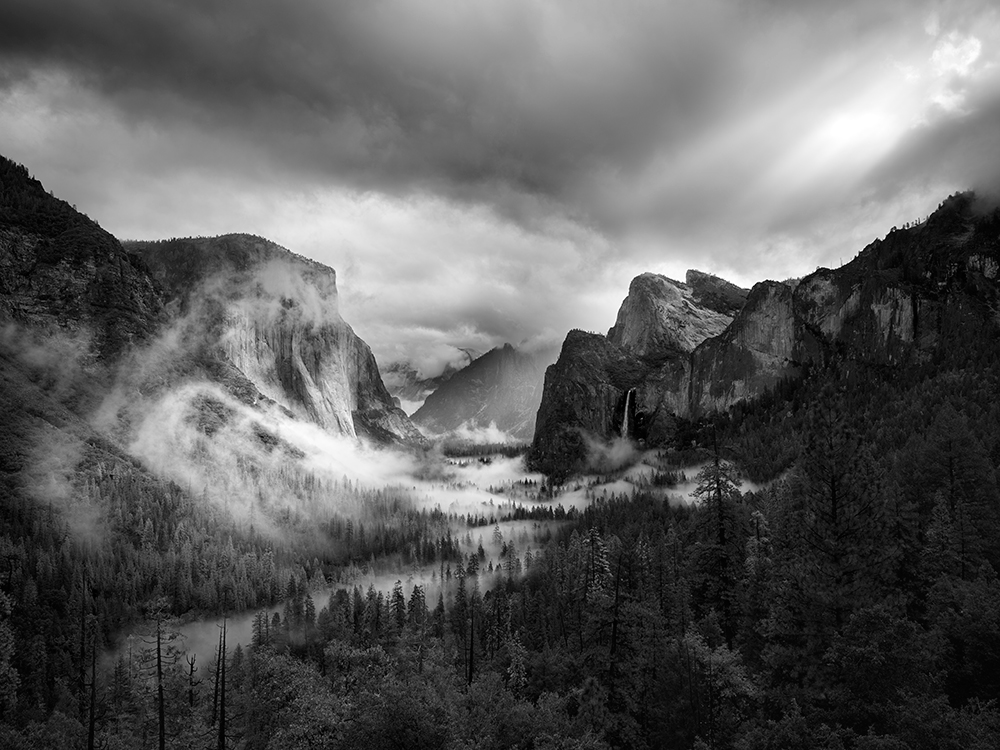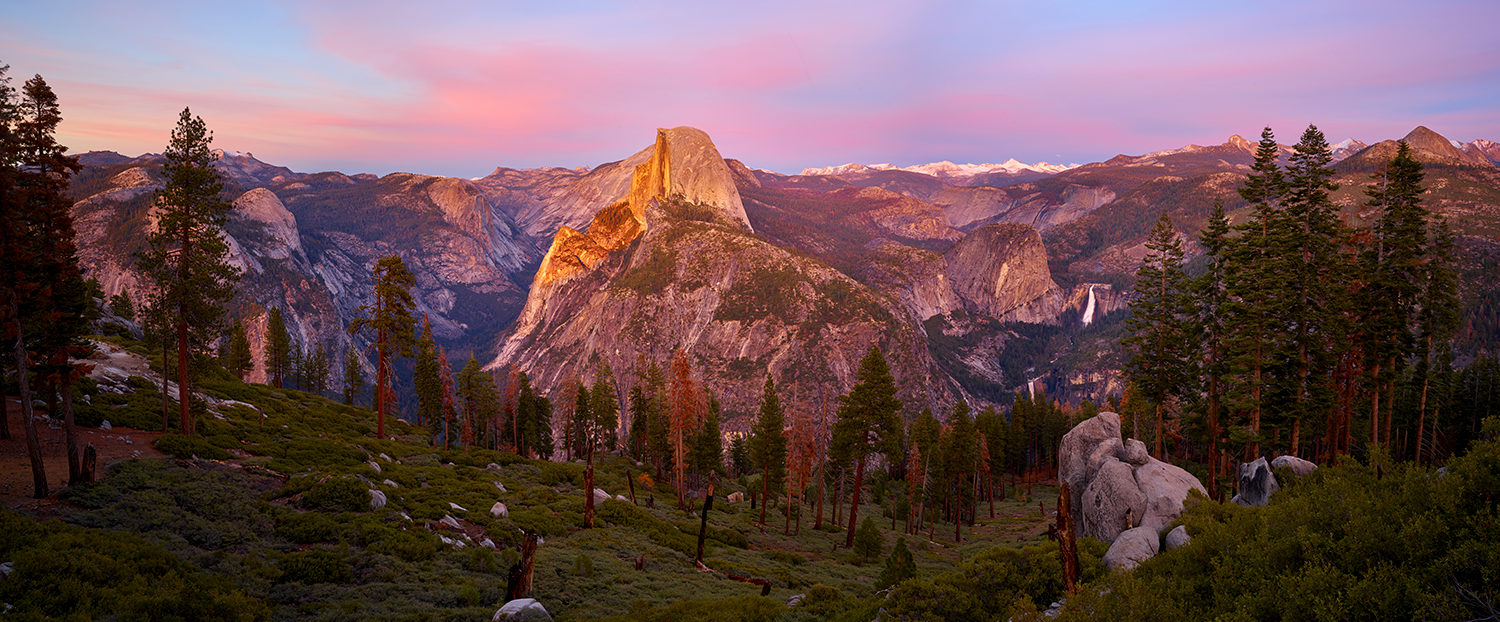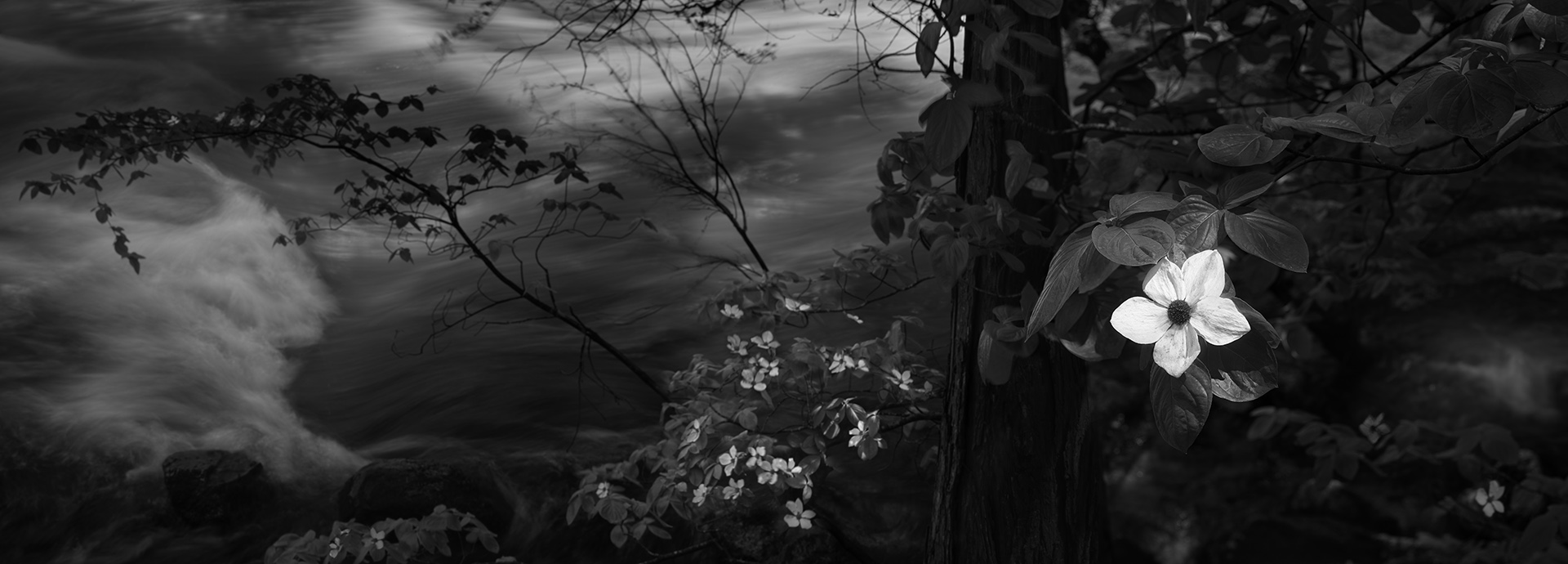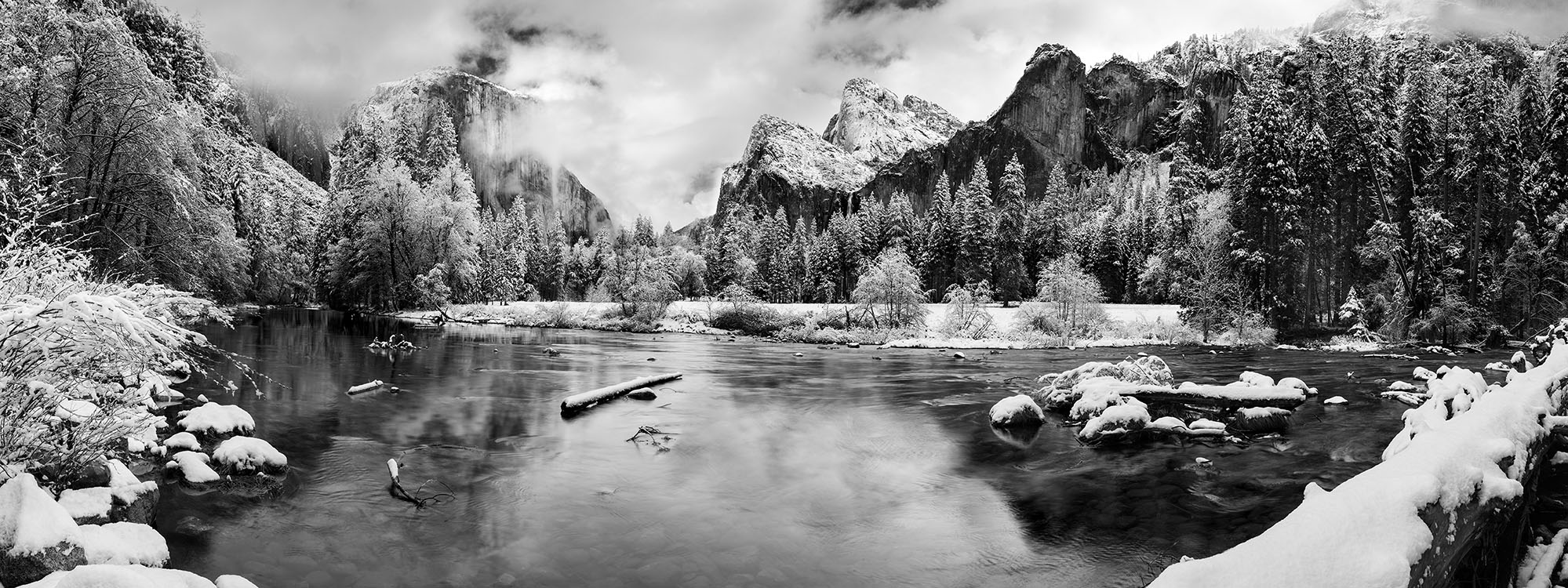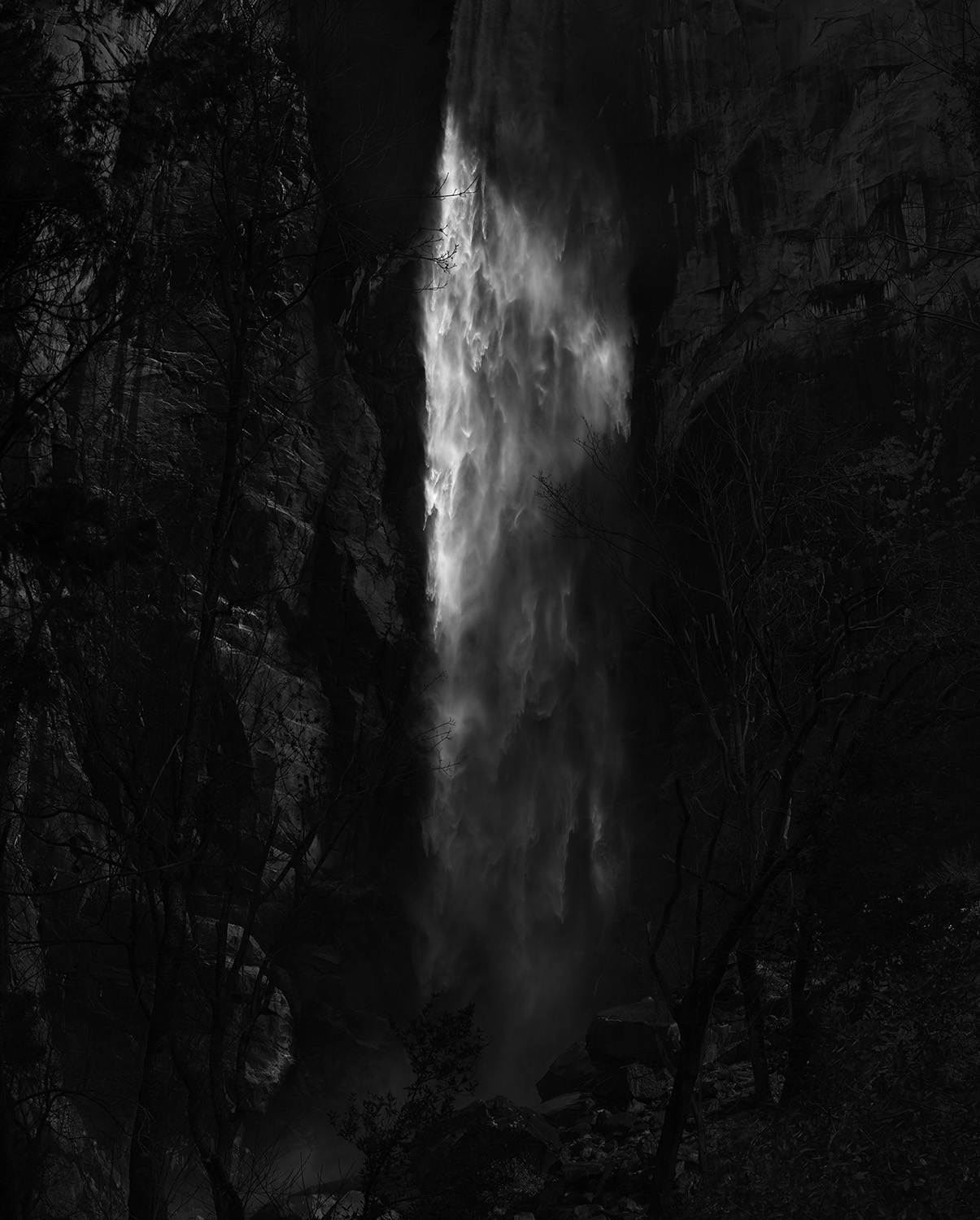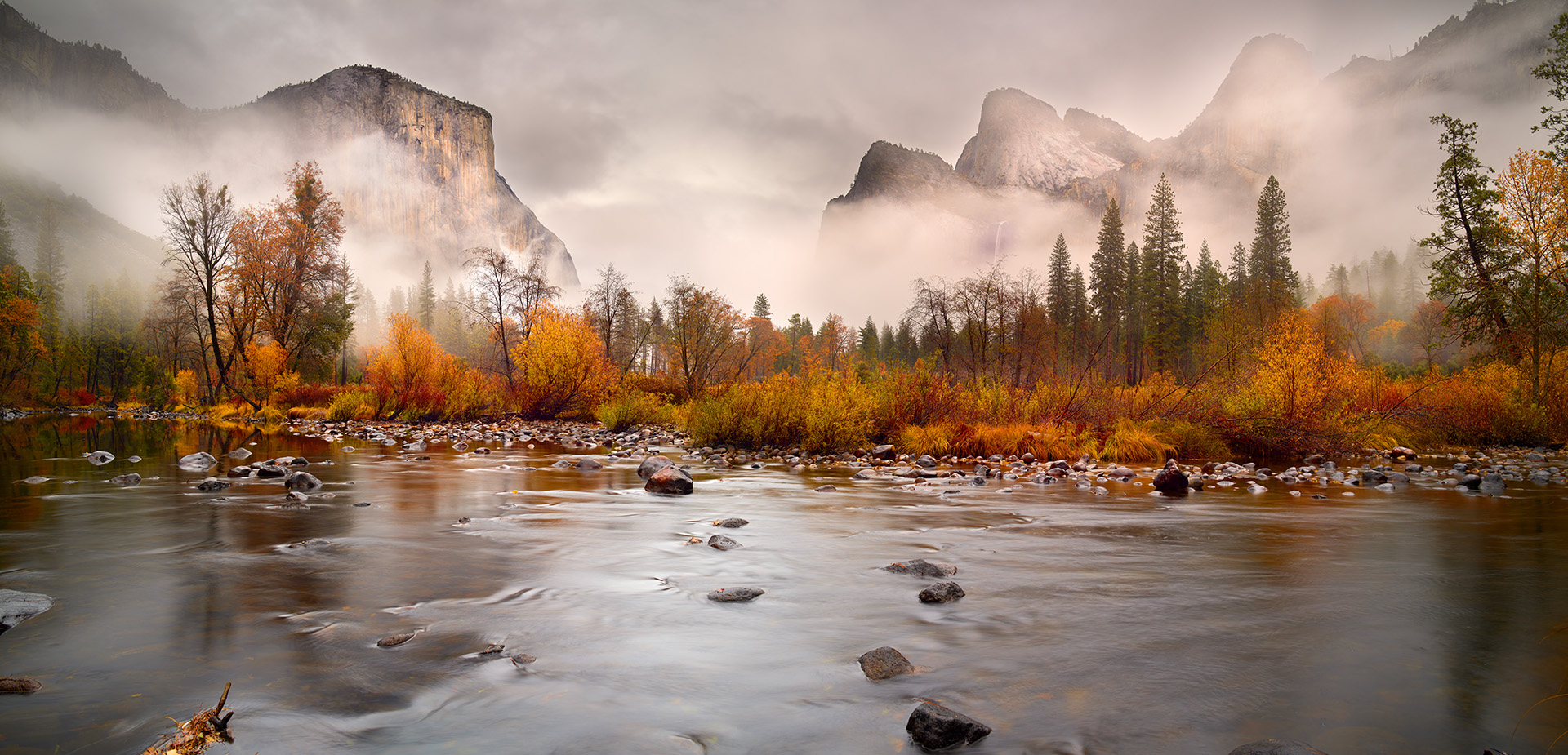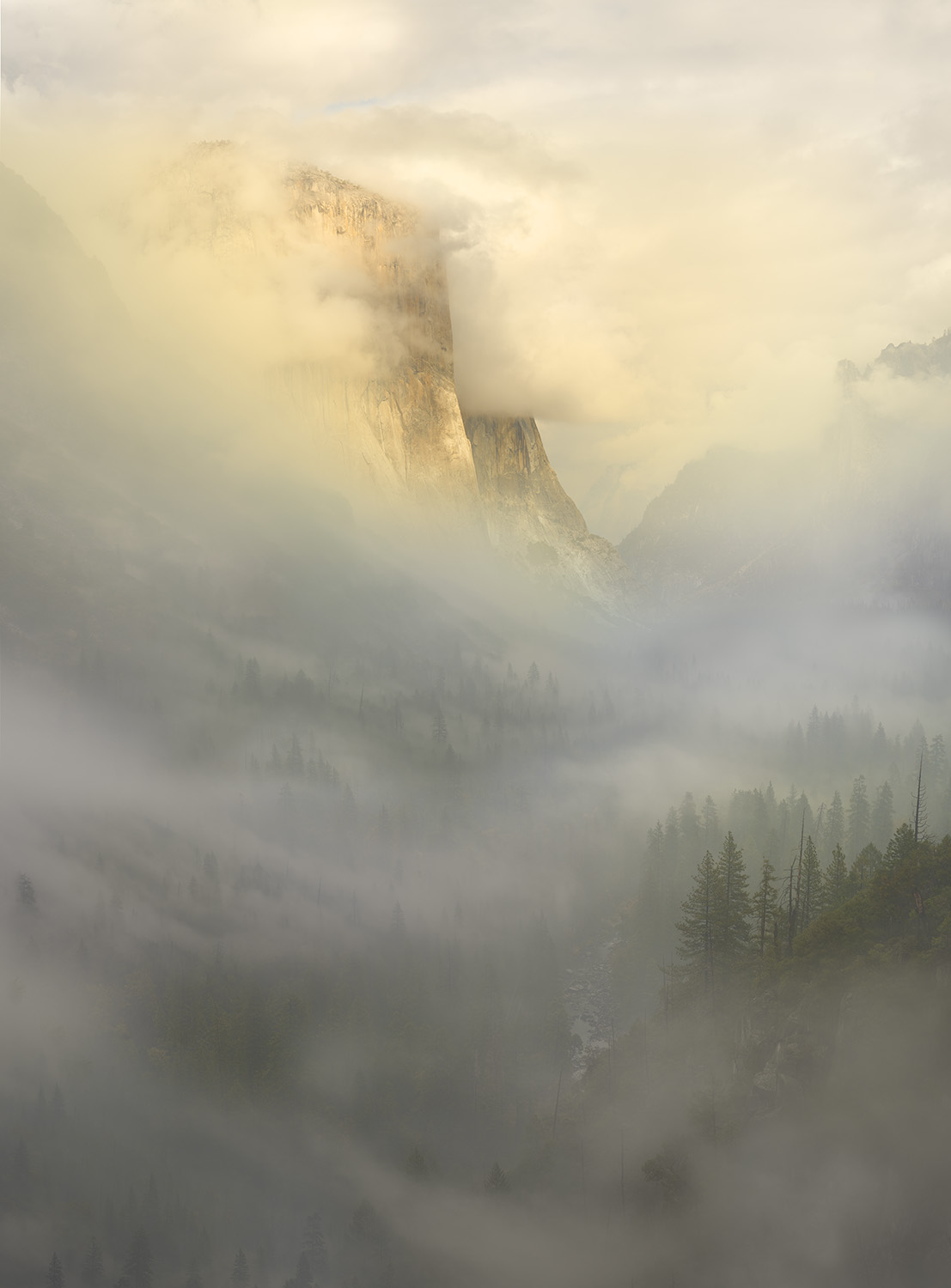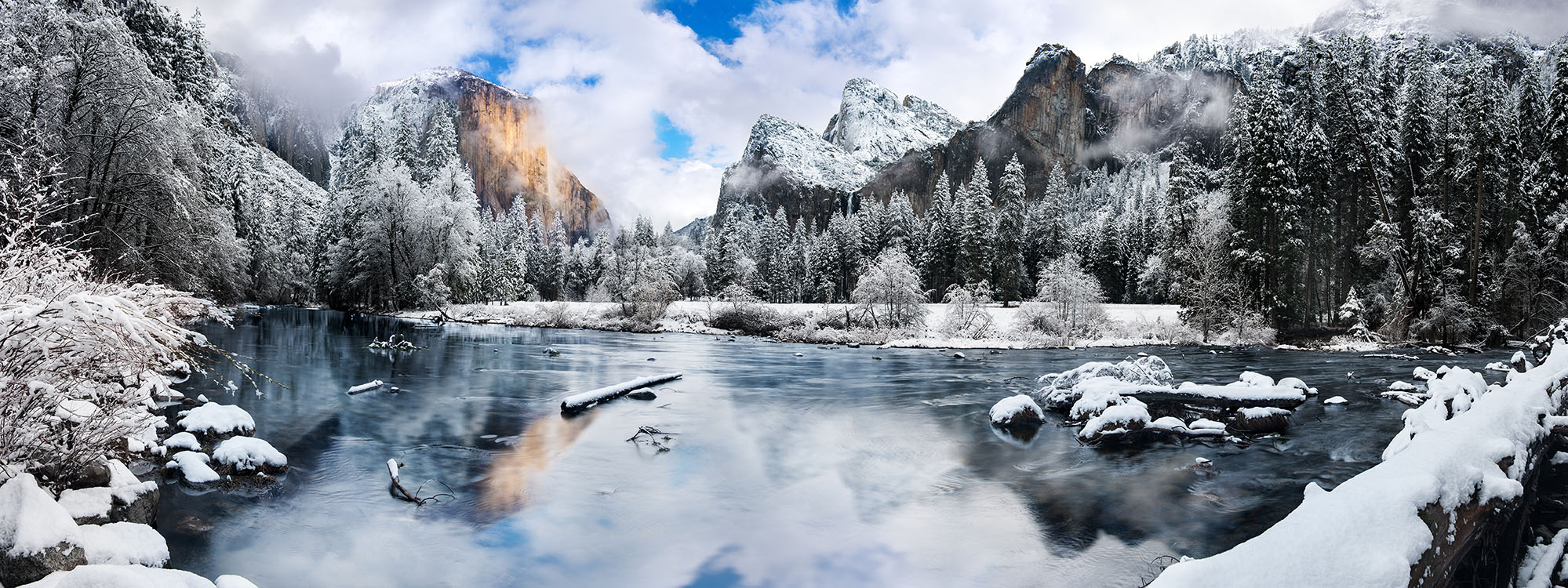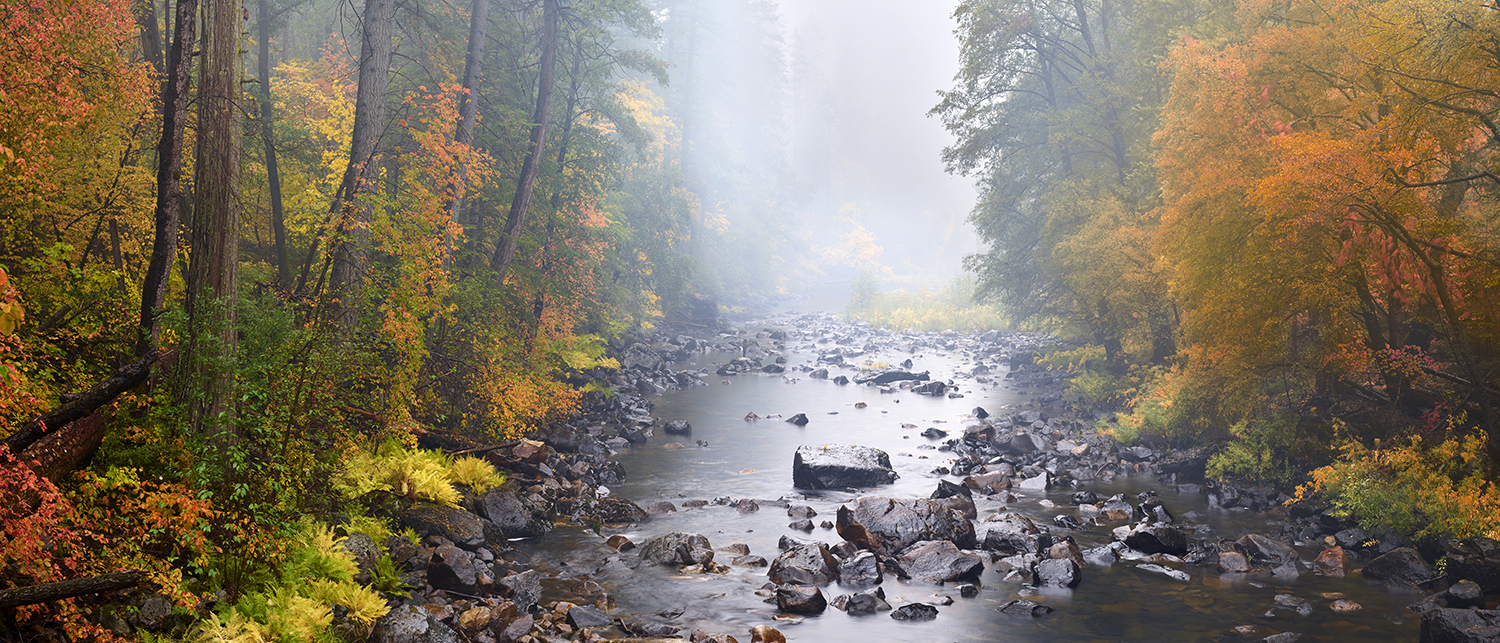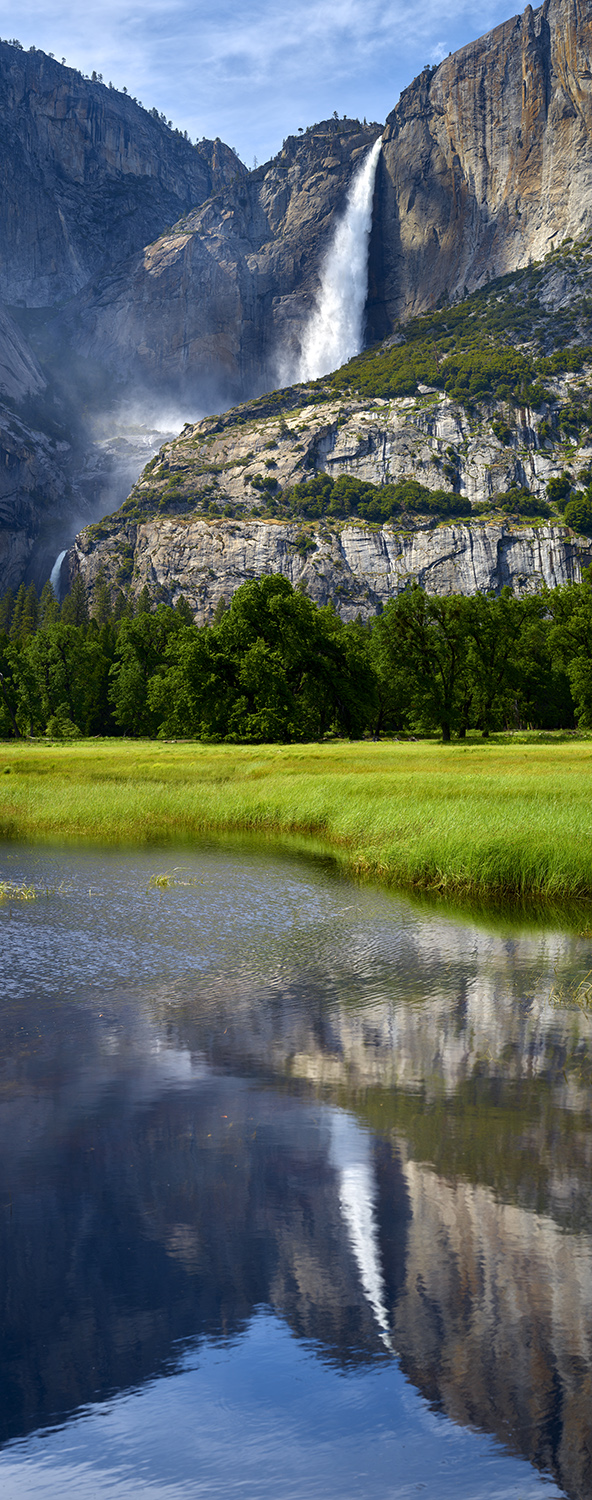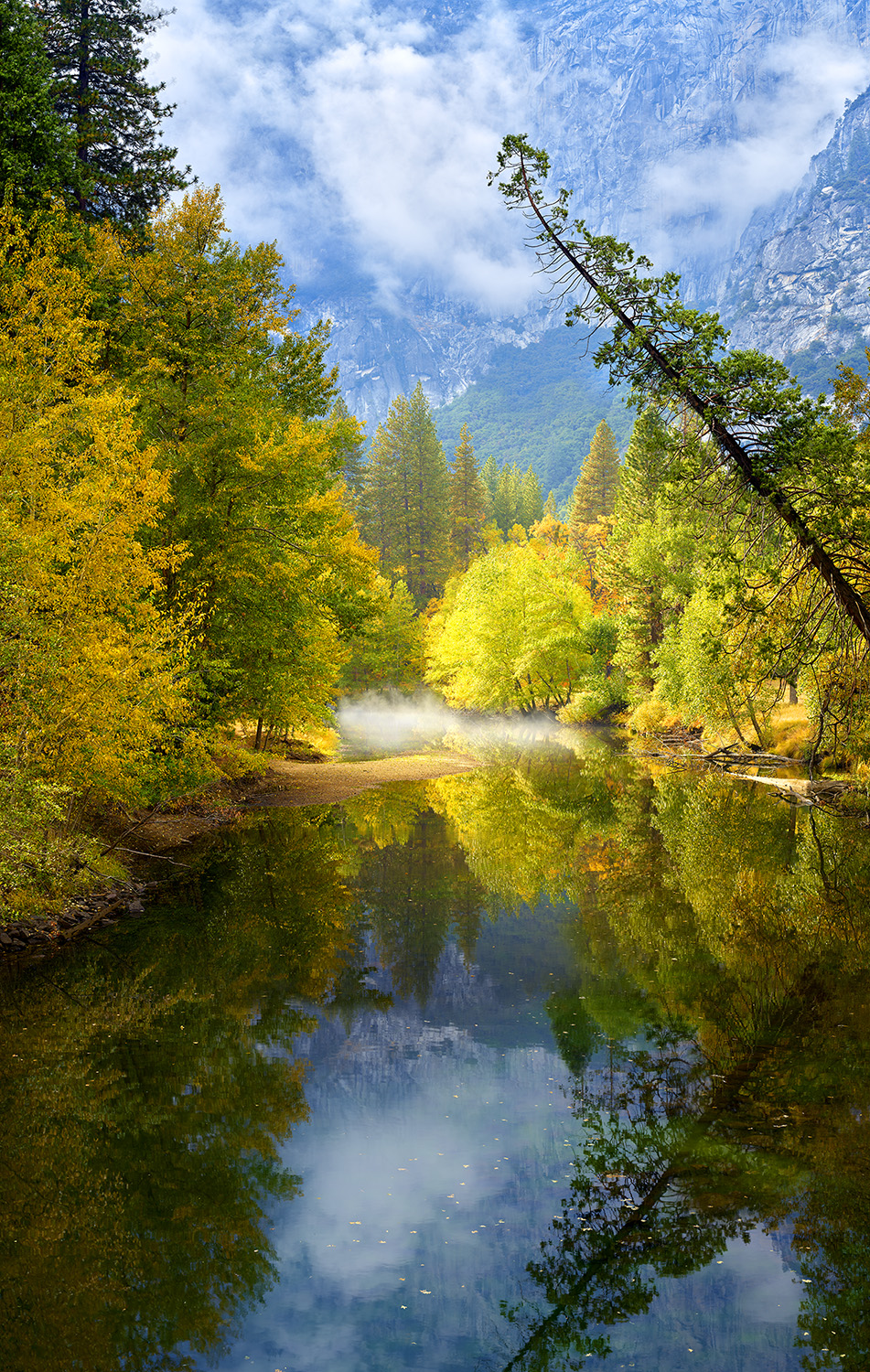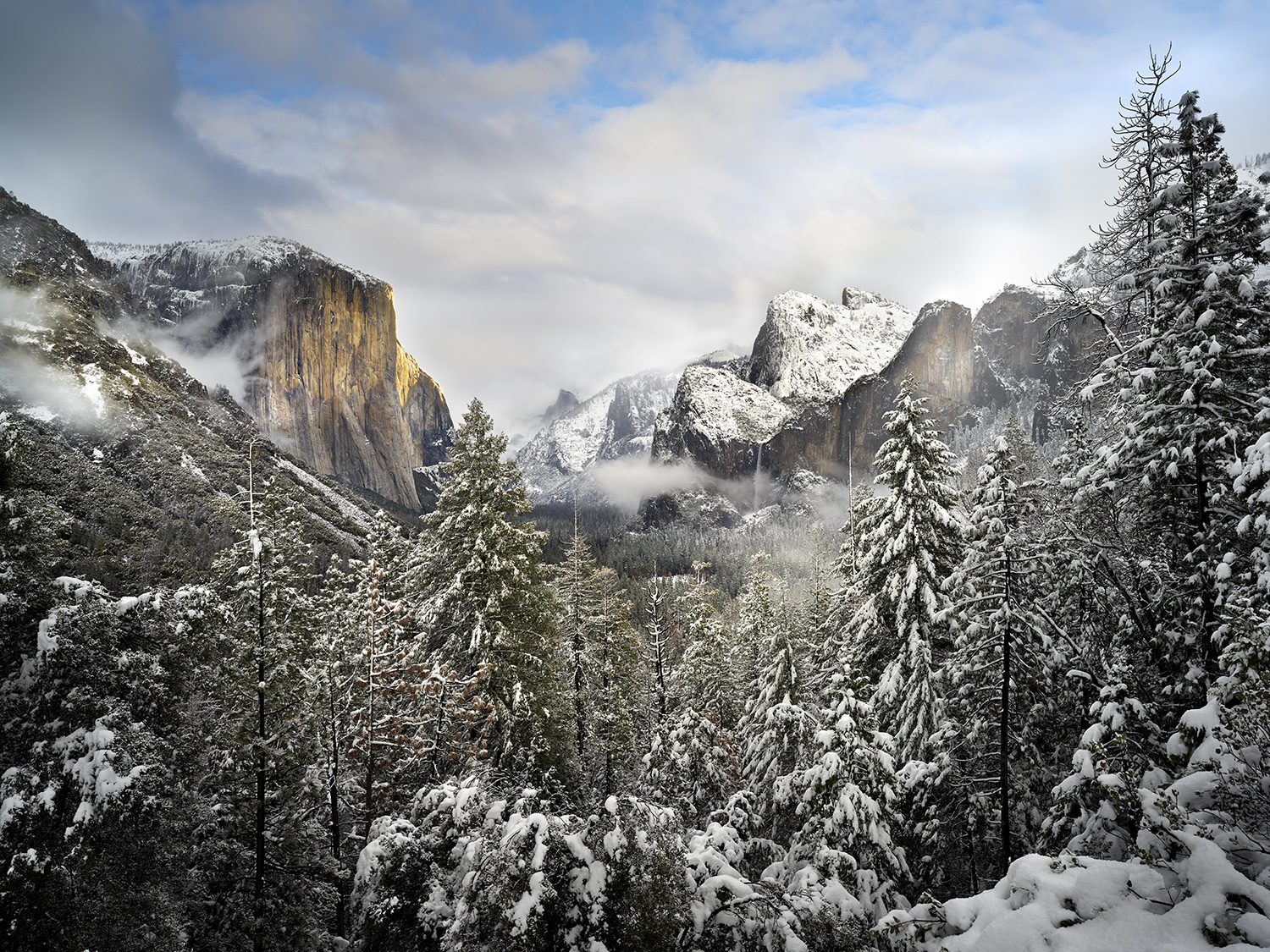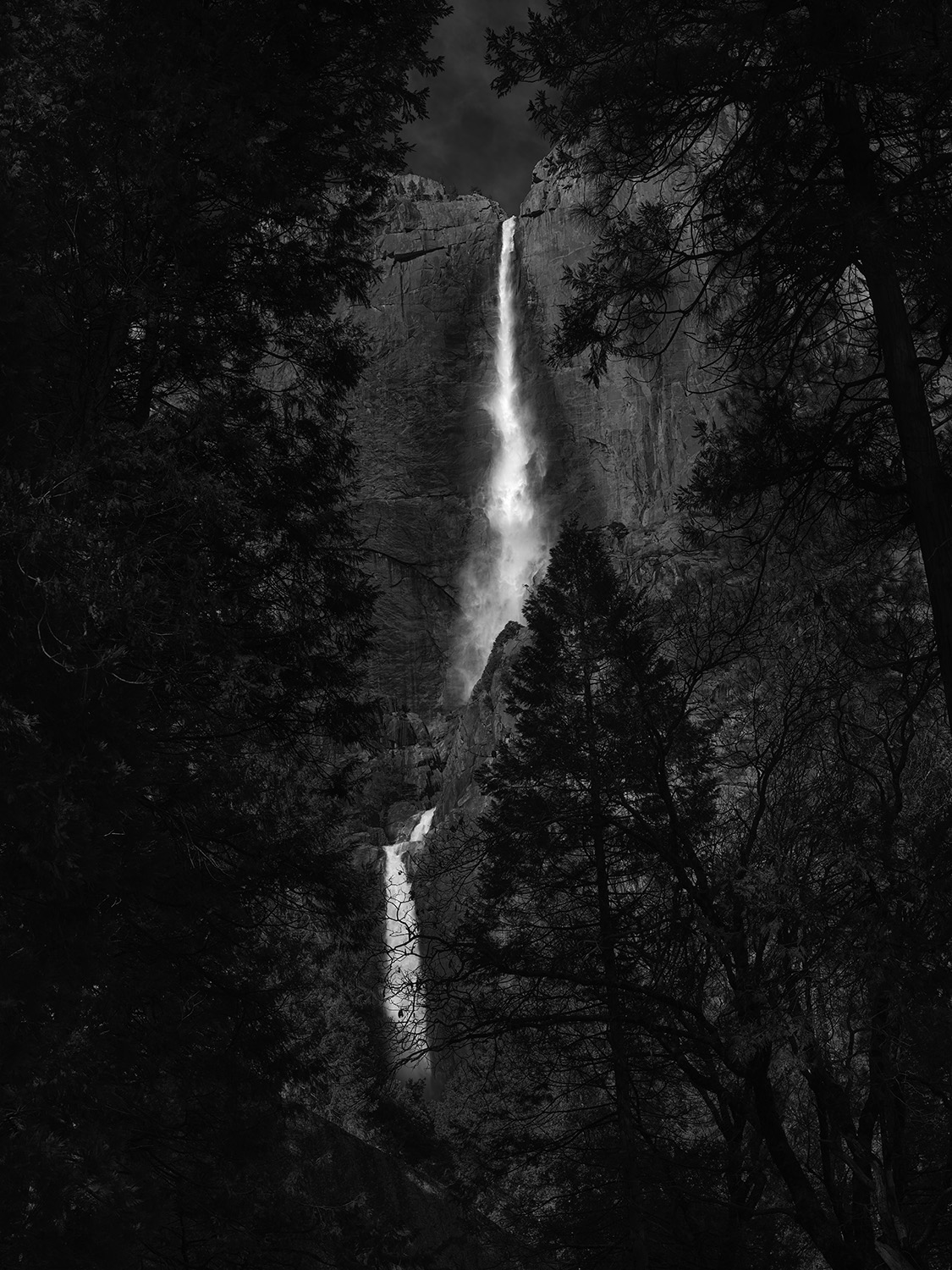There are places on Earth that feel like they were designed with awe in mind—landscapes that stop you mid-step, hush your thoughts, and remind you of your smallness in the grand theater of nature. Yosemite National Park is that kind of place.
Every time I visit—often a few times a year with my camera—I’m reminded why this valley, carved by glaciers and crowned by granite, has captured the hearts of artists, climbers, and wanderers for generations. It is the very definition of iconic, yet it somehow never feels overfamiliar. There’s always something new to see in Yosemite. Something new to feel. Something new to photograph.
Let me take you through the history, beauty, rhythm, and meaning of this remarkable place.
A Brief History of Yosemite
The Yosemite Valley has been home to Indigenous peoples for thousands of years. The Ahwahneechee, a group of the Southern Sierra Miwok, lived in the valley long before it became known to settlers. They called it Ahwahnee, meaning “gaping mouth,” a reference to the sheer granite walls surrounding the valley.
In 1851, during the Mariposa War, the valley was entered by non-Native people, and shortly afterward it began to attract artists and early conservationists. One of the most influential was John Muir, whose poetic writings and deep advocacy for wilderness helped convince President Abraham Lincoln to sign the Yosemite Grant in 1864—setting aside the valley and Mariposa Grove as protected lands. It was the first time the U.S. government preserved land for public enjoyment and set a precedent that would lead to the National Park system.
Yosemite became an official national park in 1890, and today, it remains a sacred landscape not just for Americans, but for anyone seeking connection with the sublime.
What Makes Yosemite So Special?
Yosemite isn’t just beautiful—it’s overwhelming. It’s a place where your eyes keep lifting skyward, where your camera’s wide-angle never feels quite wide enough, and where every season feels like its own standalone masterpiece.
1. The Granite Giants
The granite cliffs of Yosemite are unlike anything else in the world. El Capitan, rising over 3,000 feet from valley floor, is a vertical monolith that challenges climbers and stuns visitors. Half Dome, with its sliced profile and mythic status, looms like a monument to time itself. These stone icons aren’t just backdrops—they are protagonists.
2. Water in Motion
Yosemite is a water park for the soul. Yosemite Falls, Bridalveil Fall, Vernal and Nevada Falls—these are not just cascades but performance art. In spring, when snowmelt roars, the waterfalls thunder down with primeval force. In fall, they thin to delicate ribbons. In winter, they freeze mid-motion, becoming sculptures of ice and mist.
3. The Light
Few places in the world play with light the way Yosemite does. Whether it’s the first rays hitting El Capitan’s face, golden hour illuminating the valley in amber, or the legendary “Firefall” effect at Horsetail Fall in February, Yosemite is a light-chaser’s dream. And as a photographer, this is where magic happens.
4. Biodiversity and Elevation Range
Yosemite spans more than 1,100 square miles, from oak woodlands to alpine tundra. The elevation ranges from 2,000 to over 13,000 feet. This means a stunning array of ecosystems: groves of ancient giant sequoias, wildflower-filled meadows, alpine lakes, and snowy peaks. It’s a microcosm of the Sierra Nevada.
Yosemite Through the Seasons
Photographing Yosemite throughout the year is like shooting four different parks. Each season not only brings a new look but a different feeling, a different way the landscape breathes.
Spring (April–June)
Spring is waterfall season. The snowmelt brings torrents of water plunging over granite ledges. Dogwoods bloom in the valley, meadows turn green, and wildlife becomes more active. It’s the most kinetic time of year.
Photographer’s Tip: Mid-May is often peak waterfall season. Use a neutral density filter for long exposures of Bridalveil Fall or Lower Yosemite Falls.
Summer (July–August)
Summer brings warmth and access to the high country. Tioga Road and Glacier Point open, revealing vistas that feel like you’re peeking over the edge of the Earth. That said, the valley can be hot and crowded.
Photographer’s Tip: Get up early for clean light and empty roads. Sunrise from Glacier Point looking down on Half Dome is unforgettable.
Fall (September–November)
Fall is subtle but deeply rewarding. Aspen trees in the high country shimmer gold, dogwoods and maples in the valley flash red, and the low-angle light makes granite walls glow like embers.
Photographer’s Tip: Seek out reflections of fall color in the Merced River. Even after the waterfalls dry up, the compositions are rich with color and contrast.
Winter (December–March)
Yosemite in winter is hushed, solemn, and often empty. Snow dusts the valley floor, trees sparkle with ice, and the drama of the cliffs feels even more stark. The park becomes a monochrome painter’s dream.
Photographer’s Tip: After a snowstorm, head to Tunnel View or Swinging Bridge for classic shots of the valley in its winter cloak. Black and white conversions shine here.
Managing the Crowds
Yosemite is one of the most visited national parks, with over 3 million visitors annually. The valley, in particular, can feel overrun in summer. But don’t let that deter you—Yosemite has layers. And with planning, you can always find quiet.
-
Off-peak visits: Aim for late fall, winter, or early spring.
-
Start early: Be at your sunrise location before the stars fade.
-
Go beyond the valley: Tuolumne Meadows, Mariposa Grove, and Tioga Pass offer space to breathe.
-
Weekdays over weekends: Always, always.
Even in the summer crush, you can step off the road and find solitude in a stand of pines or along a quiet stretch of the Merced River.
Why I Keep Coming Back
I’ve photographed Yosemite in the hush of falling snow, under golden fall leaves, in the roaring spray of spring falls, and on hot summer afternoons when the cliffs shimmer with heat. Each visit feels like coming home and discovering something new all at once.
But it’s not just the photographs that keep me coming back—it’s what Yosemite does to my pace, my attention, my breath. It slows me down. It sharpens my eye. It makes me a better photographer and a better listener to the landscape.
Yosemite teaches humility. You stand beneath El Capitan and feel your problems shrink. You hike to an alpine lake and realize silence can be symphonic. You wait for just the right light, and you learn patience.
There are images I’ve chased in Yosemite for years—scenes that haven’t yet lined up with the weather, the season, the light. And that’s part of the joy. It’s not just about the shots I’ve taken, but the ones I haven’t yet.
Final Thoughts
Yosemite isn’t just a national park. It’s a temple of nature—one that continues to inspire artists, writers, climbers, and dreamers. It’s a place where granite and water, forest and light, come together in ways that make the world feel big again.
If you’ve never been, go. If you’ve been, return. Bring your camera, your boots, and your willingness to be awed. I’ll be there too, chasing the light, listening to the river, and remembering why I fell in love with photography in the first place.

